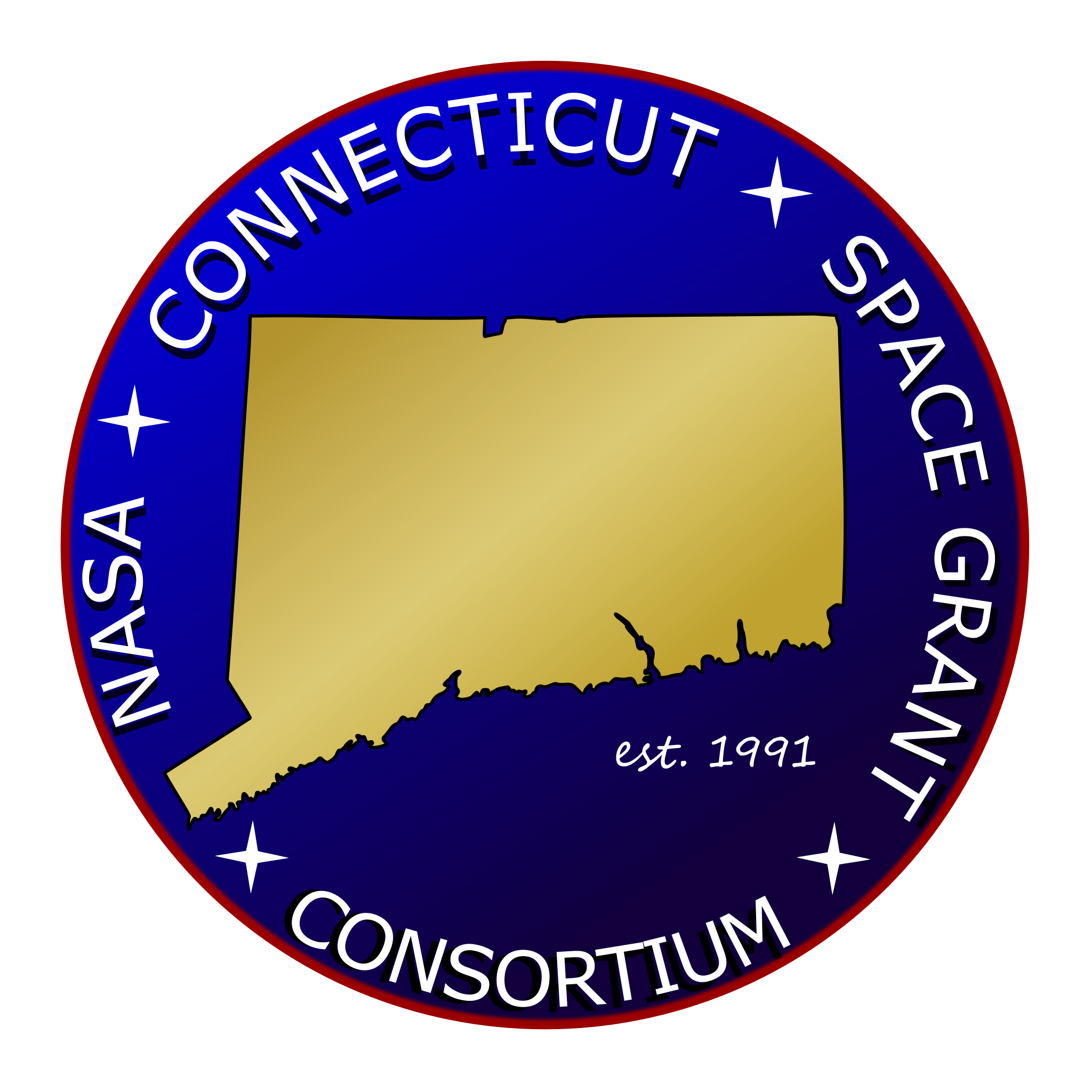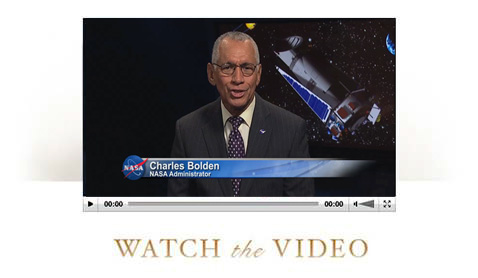Kepler: Reminding the World Why We Continue to Explore
You may view the Administrator’s video message on:
http://www.youtube.com/watch?v=EFeoYHZcUpw
Administrator Bolden’s Message on the Kepler Mission:
This week NASA is holding a conference of 400 scientists from around the world to discuss the findings that continue to emerge from our amazing Kepler mission.
These scientists, both inside and outside government, will continue to explore potential planets outside our solar system for years to come based on the spacecraft’s groundbreaking work.
Conference participants are reporting many amazing findings. Among these include a stunning result, which found that there may be many more Earth-like planets than previously thought in the Milky Way that reside in the “habitable zone.”
The science that Kepler has made possible reminds us just how important NASA’s work is to understanding our universe – and why we need to continue to push the boundaries of exploration.
Kepler was designed to survey our region of the Milky Way galaxy to discover Earth-size and smaller planets in or near the habitable zone and determine what fraction of the hundreds of billions of stars in our galaxy might have such planets.
Although the Kepler mission ceased operation earlier this year, we’ve already confirmed 167 planets orbiting stars in other solar systems, with the planet candidates list currently standing at 3,538.
As NASA plans missions to an asteroid and Mars, and just marked 13 years of continuous habitation aboard the International Space Station, we’re learning to live and work off planet for the long term.
We’re working hard to revolutionize humanity’s ability to reach and live in other places than our home planet, and these Kepler findings are a fascinating reminder that there may be other worlds like ours that could also harbor life or be habitable.
While we continue to learn more about these worlds, missions like Juno and New Horizons will magnify our understanding of worlds closer to us.
MAVEN, launching later this month, will add to our growing body of knowledge about Mars in preparation for a human mission there in the 2030s.
Before that, NASA plans to locate and redirect an asteroid to lunar orbit where astronauts can visit one of these ancient building blocks of the solar system by 2025.
These incredible achievements would have been unthinkable just a few years ago, but with our steady and strategic investments in science, technology and human exploration we continue to build a space program that leads the world in scientific discovery and technology.
I congratulate the Kepler team on their continued discoveries and look forward to science and exploration working together to help NASA write the next chapter of the human experience.
Charlie B.

